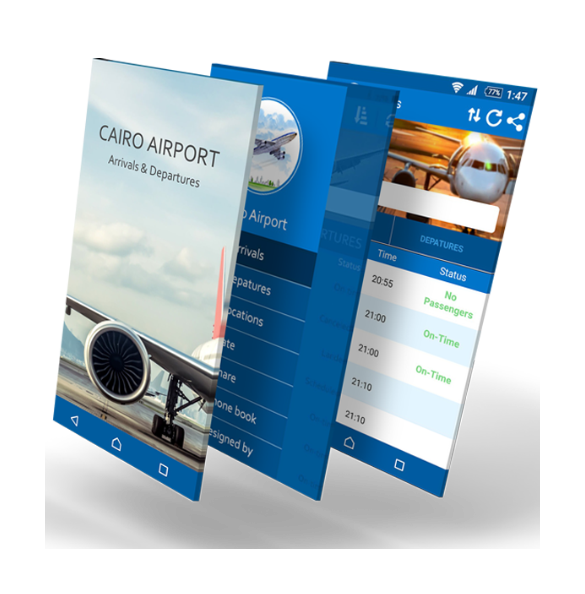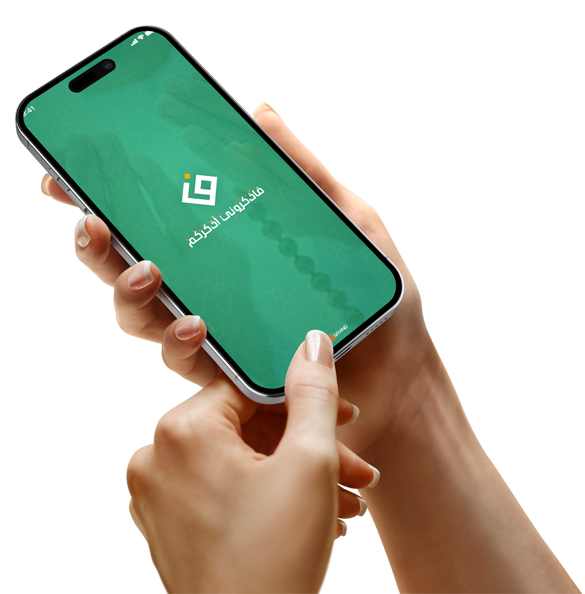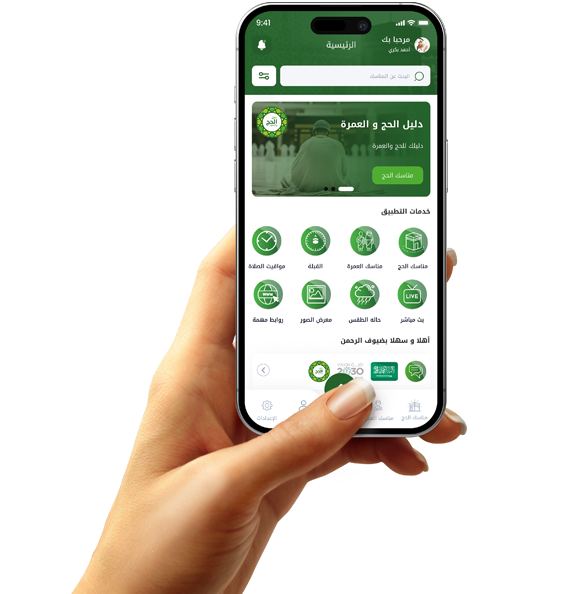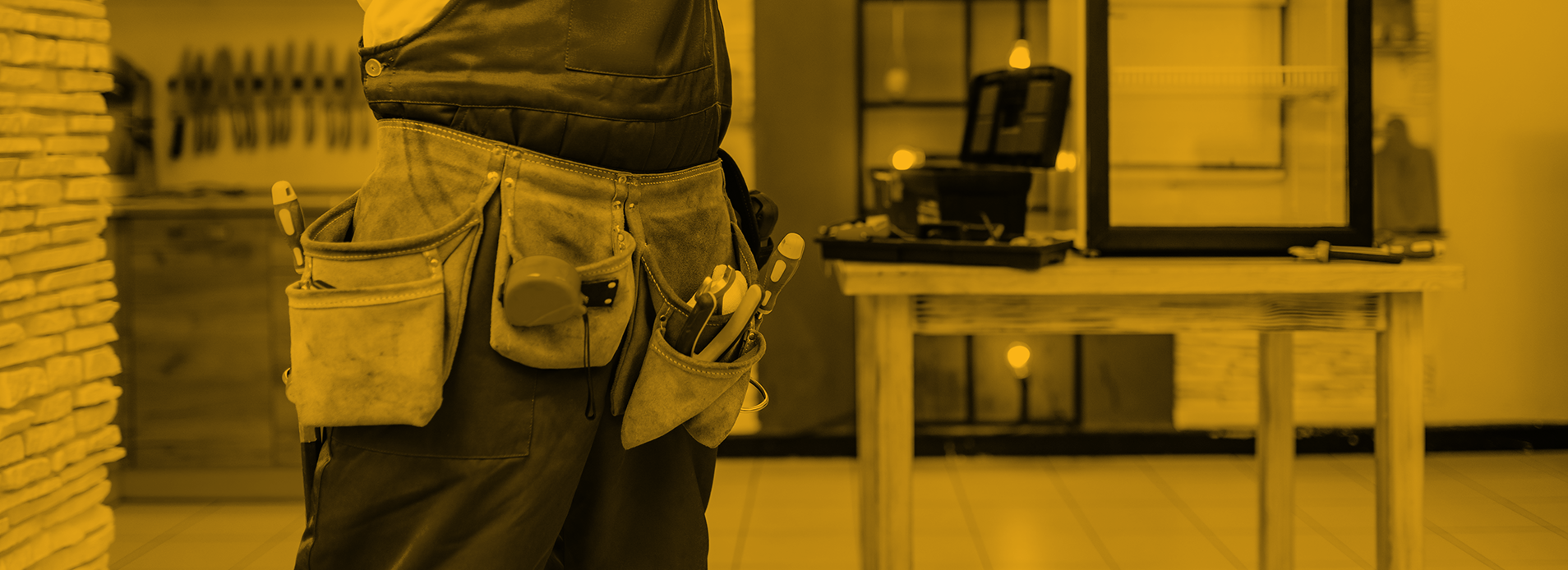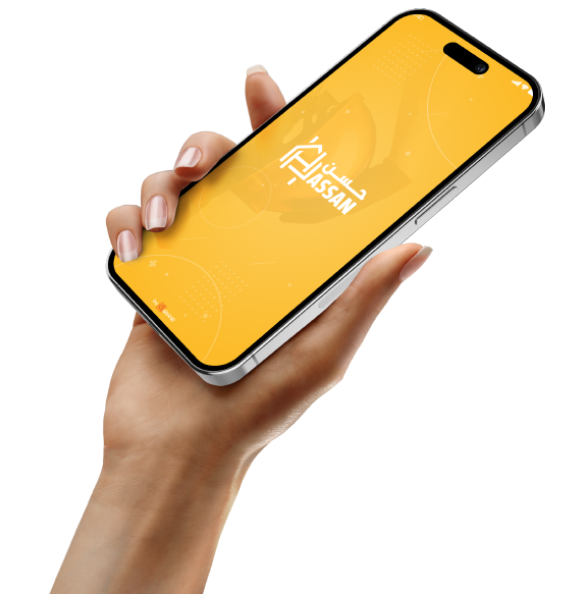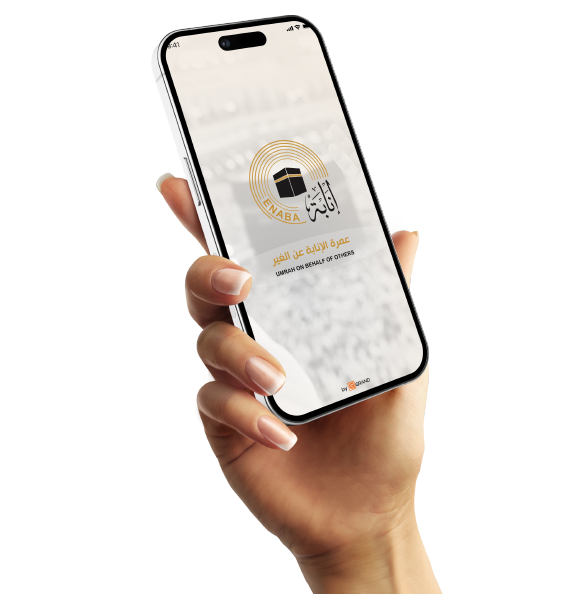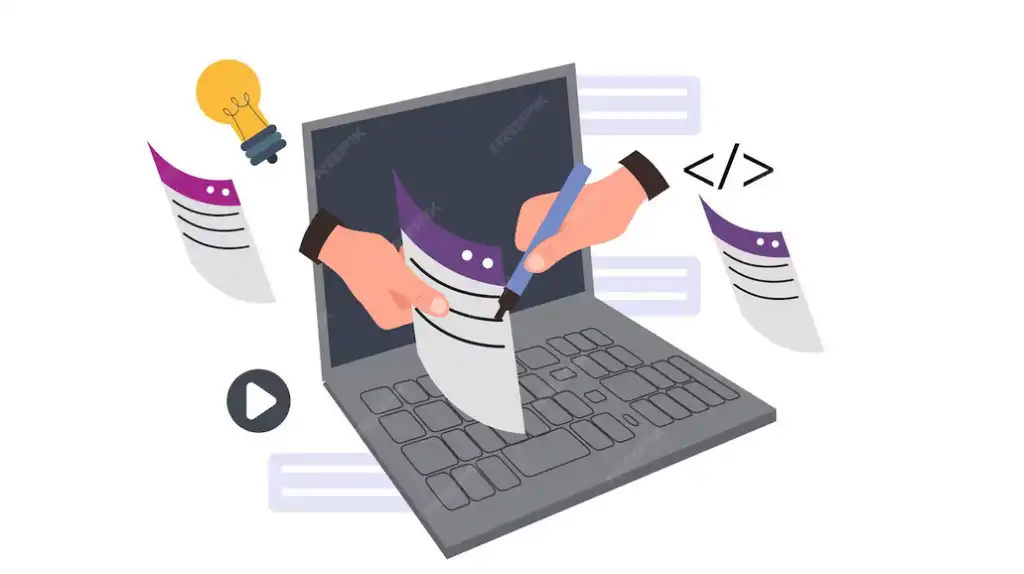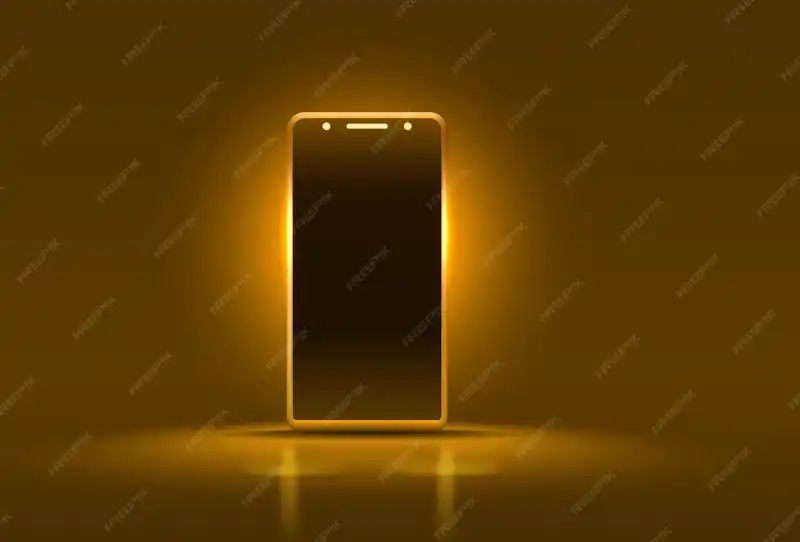Design an app that displays available products by geographic area.
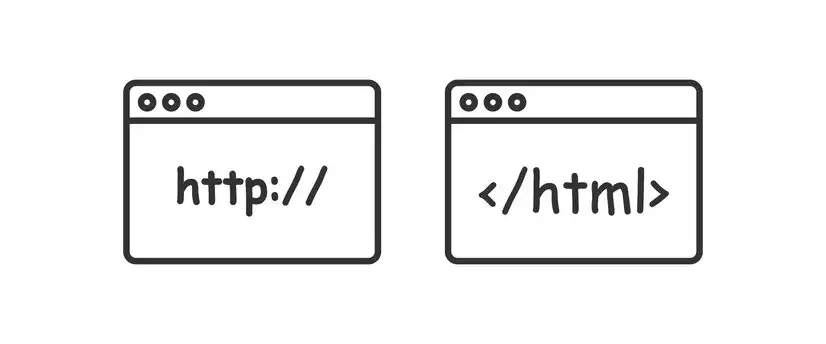
Reducing Delivery Time with Location
When an app displays products based on geographic location, it not only improves the user experience but also reduces delivery time.
The user only sees products that can be shipped to them within a short time.
This reduces waiting times and increases customer satisfaction.
The retailer also benefits by handling orders within a range that is easy to cover.
This means better logistics management and reduced transportation costs.
Supermarket apps, for example, benefit from this type of design.
They display products that are actually available at the store nearest to the user.
This way, the order is prepared from the nearest location and delivered at record speed.
Integration with Google Maps or GPS systems makes this even more accurate.
An accurate estimate of the expected delivery time can even be provided based on distance.
All of this enhances the app's professionalism and encourages customers to use it again and again.
Furthermore, reducing delivery time contributes to higher ratings on online stores.
Reducing delivery time is not a luxury, but rather an important competitive advantage.
Users prefer apps that deliver orders quickly and smoothly. Also, this customization helps reduce delivery and address errors.

Displaying prices by region for a more transparent experience
A common challenge in apps is price variations between regions.
But when designing an app that displays products by location, this challenge can be intelligently addressed.
Every user sees the actual price for their region without confusion or discrepancies.
This avoids the frustration of seeing a price and then discovering it has changed at checkout.
It also makes it easier for businesses to adjust prices based on local costs.
For example, shipping costs or taxes may vary from city to city.
The local display clearly displays the final price from the start.
You can include the phrase "Includes shipping to your region" to reassure the customer.
This type of transparency builds user confidence in the app.
It also reduces cart abandonment at checkout.
Exclusive offers can be enabled by region.
For example, a special offer for Cairo residents or a discount for Jeddah residents.
Such offers create a sense of distinction and belonging.
Users can even share offers from their region with others, which encourages dissemination.
The app can also compare prices between regions if the user wishes. You can also manually select a region to explore price variations.
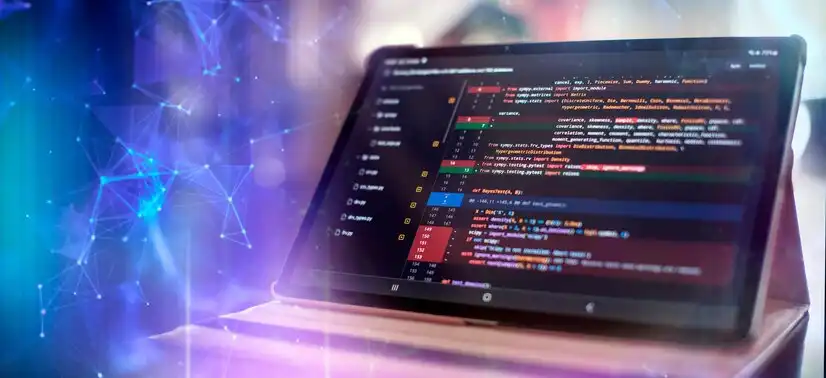
Facilitating Local Location-Based Payments
In-app payments aren't just a technical step; they're a crucial element of the user experience.
When an app displays products by location, payment options should be as well.
For example, some areas may prefer cash on delivery, while others prefer digital wallets.
Therefore, the app can display payment methods available only to the user in their location.
This reduces confusion during the final steps before completing an order.
Customizing payments by region also increases the completion rate.
The app can also suggest the best payment method based on location.
For example, "Fawry service is available in your area" or "Pay via Apple Pay available locally."
The app can also be easily linked to official local payment networks.
Or, list well-known payment providers in each city.
This gives the user a sense of comfort, security, and confidence when paying.
It avoids the hassle of transaction failure or unavailability of appropriate payment methods.
Even discounts can be linked to a local payment method, such as a discount when paying with a specific bank card in your area.
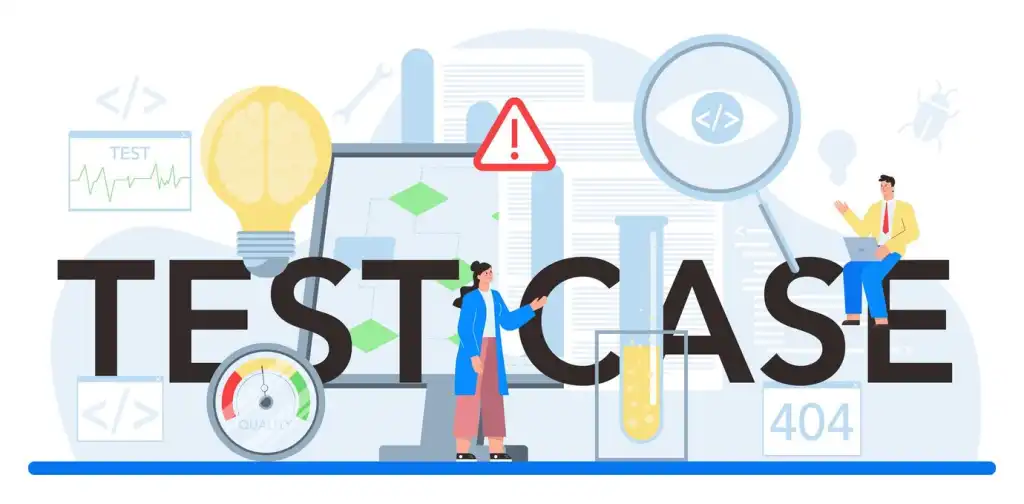
Customizing In-App Ads by Region
One of the most important aspects of app success is in-app advertising.
When an app is designed to display products by region, the ad should be as well.
General ads lose their impact if they aren't relevant to the user's interests and location.
However, an ad that displays "Special offer in your area today only" will be more engaging.
This approach makes the user feel like the ad is addressing them personally.
It increases the likelihood of them interacting with it or clicking on it.
The app can analyze location data to display ads tailored to each city or neighborhood.
For example, "Major discounts in Maadi branch" or "Exclusive product for Riyadh residents."
Discount coupons can also be offered tailored to each region.
Or "Buy now before the product runs out in your area" offers.
This approach doesn't make ads annoying; it's motivating.
This can be exploited to sell ads internally to local stores within the app.
Shops close to the user can easily advertise their services.
This opens up a new source of income for the app owner.



